
Standardized Foundation, Faster Development Pipeline
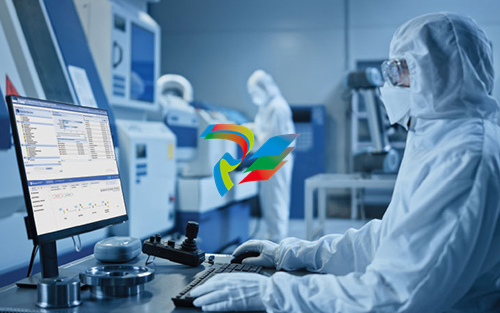
Life sciences manufacturers speed time to market with MES and knowledge management software.
The life sciences industry is changing quickly, and in the past five years, the pressure to bring new treatments rapidly and safely to market has increased dramatically. In 2021 alone, life sciences manufacturers initiated more than 25,000 new clinical trials. But to take those clinical trials to successful production can take many years—a timeline that is no longer sustainable. A perfect example of this shift is the development of the COVID-19 vaccine.
Life sciences manufacturers were able to reduce the schedule for COVID vaccine development through emergency authorizations and by committing billions of dollars and thousands of people to the development process. However, COVID vaccine development was a unique situation. Not every treatment is going to receive the attention and investment necessary to shorten the production pipeline so dramatically. Ultimately, life sciences organizations need to look to other methods to shorten time to market, and one of the most important technologies for doing this is the manufacturing execution system (MES).
But driving speed in the manufacturing stage of treatment development is not enough, because life sciences organizations need to accelerate the entire development pipeline. By using modern software solutions to hasten technology transfer, and then leveraging the advantages of a robust MES, teams can fully capture the competitive advantage of speed to market.
Seeing the development pipeline holistically
Today, technology transfer often moves slowly due to barriers created by silos across the drug development pipeline. In the worst case, critical data stored on paper and in spreadsheets is difficult to move from stage to stage, and it is subject to loss and error. Records, recipes, and other critical data must be reorganized at each stage—a time-consuming and frustrating task, and one prone to error. But even in the best case, different groups along the production pipeline typically use different software packages, different databases, and even different production scale and language, which slows the transmission of data from one stage of development to the next.
Overcoming these hurdles means rethinking the traditional ways teams approach technology transfer. The best MES technologies offer simpler integration to help manufacturing teams more easily use the data they receive from research and development, but this is only one element of treatment design and manufacture. Benefitting from speed to market also requires quickly moving treatments through the development pipeline by improving technology transfer at every stage, a problem that can only be solved by standardizing the way each group interacts within the development chain.
Digitized data is a start
Some development pipeline standardization has already occurred. Few modern life sciences manufacturers are still maintaining handwritten documentation. Most instead opt for electronic records, which has inherently reduced much of the variability between groups. Digitized records are a must, not only to speed the processes of research, development, and manufacturing, but also to streamline release and compliance. But in many cases, the digitization of records means teams have begun using electronic spreadsheets to record data, or they are using proprietary applications for their specific area of treatment design and manufacture.
Although the move to digital spreadsheets from paper records improves the technology transfer process, it still frequently leaves different teams inadvertently creating silos of data that are difficult to move along the pipeline. Scientists in preliminary research often use different tools from those in clinical trials, who, in turn, use different tools than the manufacturing personnel. Activities performed, insights gained, and aberrations remedied are difficult for teams further down the pipeline to access and assess.
This difficulty arises because moving data often means transferring it from one application to another. Such a transfer may require rebuilding or reformatting a database. In other instances, connecting two systems together may require a custom architecture that is complex to create and difficult to maintain. If the person who created that custom solution leaves the organization, the knowledge for maintaining that system goes with him or her, and the process must begin again, further delaying progress.
A new tool for the digital age
To circumvent these barriers to rapid technology transfer, forward-thinking teams are using software technologies to break down the silos between groups in the development pipeline. These teams use process and knowledge management (PKM) software to standardize information transfer across the entire development process.
PKM software creates an electronic repository to capture every decision made across product development, speeding the whole pipeline—from research to commercial production—and potentially reducing the technology transfer timeline from years to weeks. All personnel have access to the information they need using a standardized set of web-based tools with an intuitive drag-and-drop user interface. The simplified interface standardizes the creation of products and processes. Teams can more easily conform to ISA standards, for example the ISA88 series of standards, and can more easily locate, share, and comprehend information at any stage in the cycle.
The most advanced PKM systems also natively integrate with other critical systems, such as enterprise resource planning, electronic lab notebooks, laboratory information management systems, the distributed control system (DCS), and the MES to offer far greater visibility, scalability, and collaboration among cross-functional teams. With standardization via built-in templates, teams can more easily use common definitions and keep them up to date over time, even pushing changes to multiple recipes simultaneously to save hours of manual data entry. In addition, with automated change tracking, teams no longer need to worry that changes in products and processes will create compliance issues. Built-in auditing tools make it easy to track, monitor, and confirm changes.
PKM software also provides a structured, configuration-driven approach to help cross-functional teams manage process parameters and calculations, without an external electronic spreadsheet application, because all activities can be performed directly within the software. PKM software also can conduct facility-fit scenarios using predictive algorithms to easily identify production gaps through exception reporting.

More effective manufacturing execution
PKM software also helps close the gap between research and development and the MES, a critical tool for speeding commercial production. Much like the move from paper records to digital, the MES has digitalized the manufacturing portion of the treatment development pipeline. MES software increases visibility of life sciences manufacturing operations to eliminate the inefficient use of resources, and to streamline communication and collaboration in full-scale production.
Standardized batch records, efficient exception management, improved consistency, and facility-wide equipment management built into the MES help manufacturing teams build an automated workflow to better manage procedures, equipment, materials, and quality. In addition, integrated workflows help ensure that production is reliable and repeatable (Figure 1).
Modern MES software also eliminates the need for customized integration to the DCS. Instead, high-performing MES software natively integrates with the DCS, removing common challenges with data integrity and system performance.
These MES benefits significantly streamline production, helping to speed return on investment and shorten time to market. To capture the most benefit from these advantages, however, teams must close the most difficult technology transfer gap: the handoff from development to the MES.
Standardizing across the gap
Development and manufacturing typically use different systems and equipment, at entirely different scales. Making the move from development to production means transferring all the data necessary to the MES and scaling processes up from bench- to production-scale equipment. Fortunately, PKM software seamlessly interfaces with high-performing MES software.
These fit-for-purpose PKM solutions make it easier to transfer master recipes. The recipe repository is directly linked to the MES, eliminating the need for conversion or for custom—and fragile—connectivity between the two systems. The PKM system can seamlessly push parameters and sequence of operation to the MES, helping teams better manage inventory, while providing improved visibility of manufacturing guidelines. Experts estimate this type of connectivity can help reduce time to market from 10 years to fewer than three (Figure 2).

Also, PKM software gives manufacturing teams visibility into the design process to help remedy any problems that may arise after a treatment is released to the market. Teams have immediate access to data across the lifecycle of the product, providing both decision support and the required comprehensive data and audit trails to back up those decisions.
Meeting today’s challenges with today’s technology
There are more new life sciences products in development daily, making it harder to develop a treatment that will stand out among the crowd. In addition, the first product to market in each class typically becomes the market leader, increasing pressure on development teams that are already stretched thin.
Although throwing money and excess staff at the problem can increase speed, most organizations cannot do so, because the pressure on therapy pricing continues to increase. A better solution is focusing on eliminating operational inefficiencies and improving technology transfer to bring products to market more quickly and effectively.
The technologies needed to eliminate inefficiency are already on the market. A robust MES supported by PKM software across the entire development pipeline can shave years off treatment development, while eliminating costly mistakes. The life science leaders of tomorrow are already embracing these technologies, and the investment is returned faster than many of them imagined.
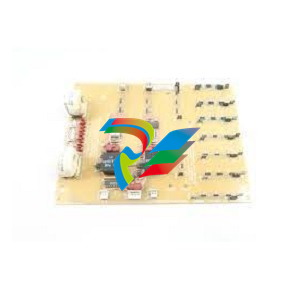

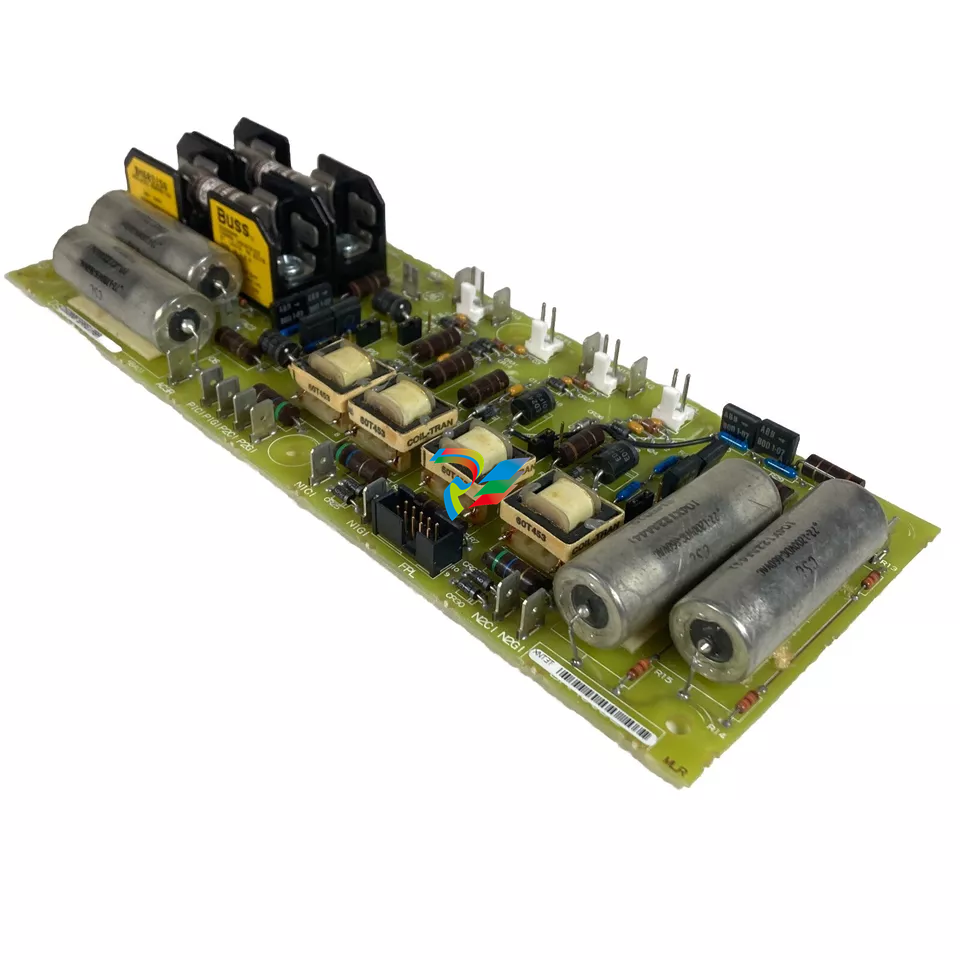
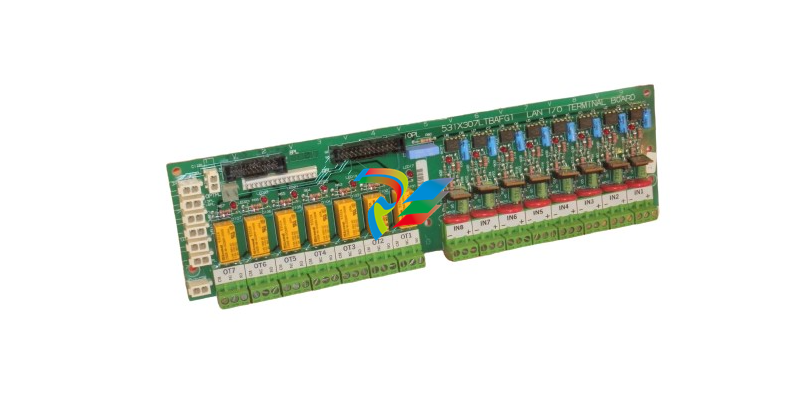



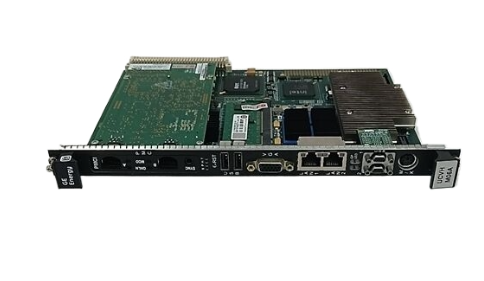
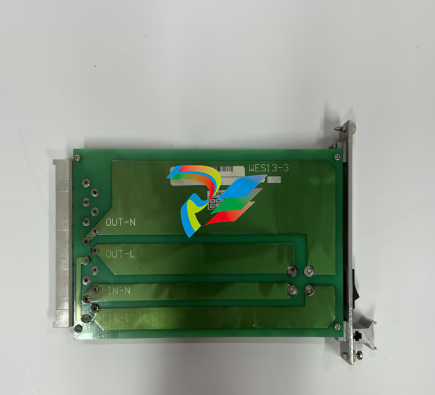
.jpg)

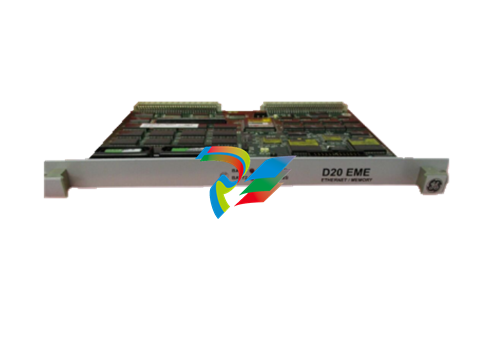
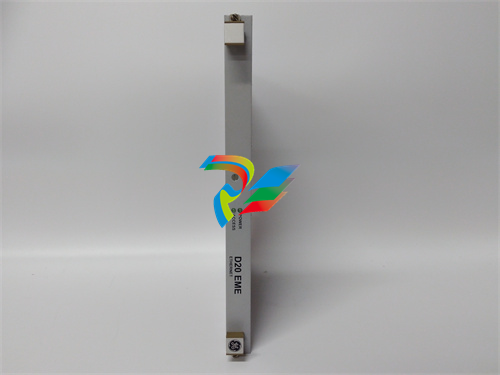
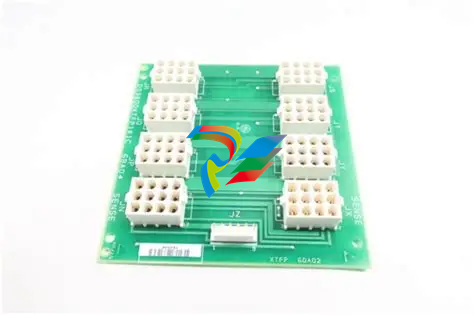












































.jpg)
.jpg)





.jpg)



.png)
.jpg)

.jpg)
_lVjBYb.jpg)

.jpg)
.jpg)



.jpg)
.jpg)







.jpg)

.jpg)
.jpg)






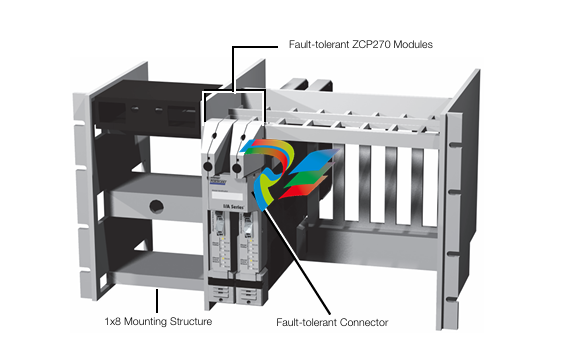

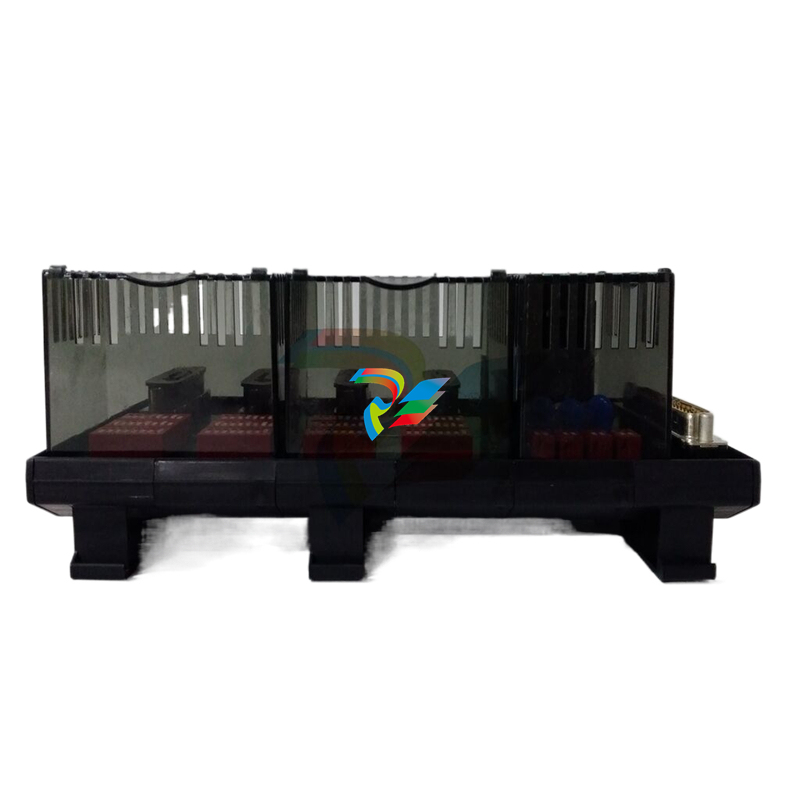
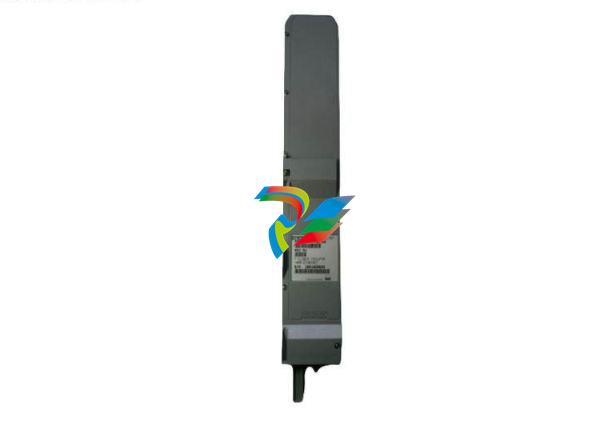
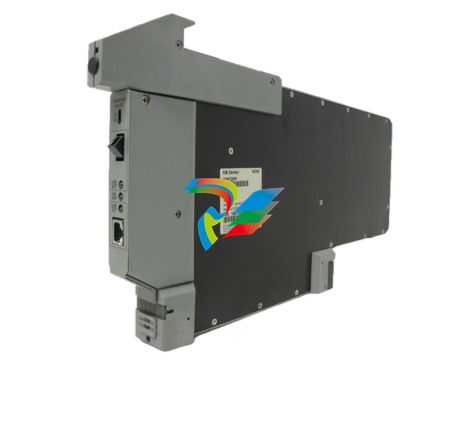
.jpg)
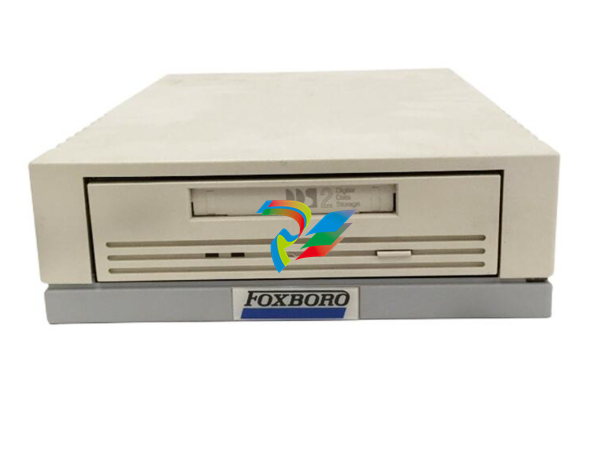

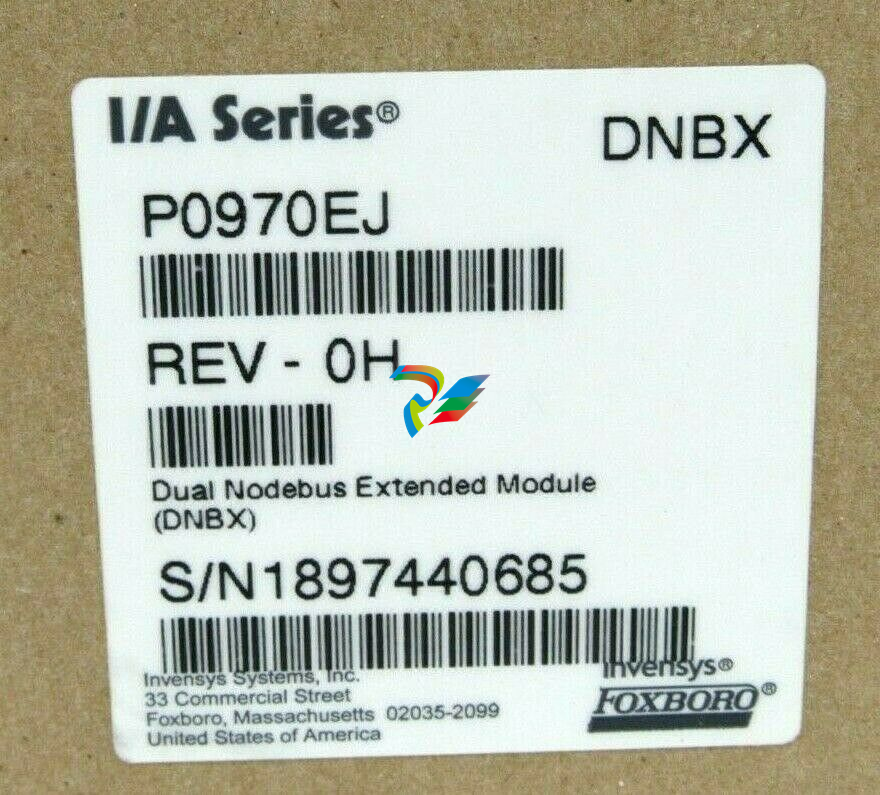

.jpg)
.jpg)
.jpg)
.jpg)
.jpg)
.jpg)
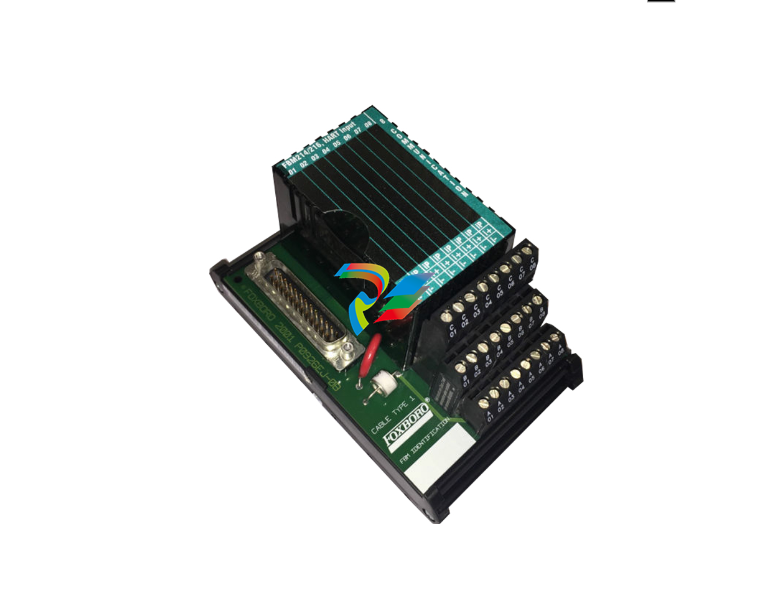
.jpg)
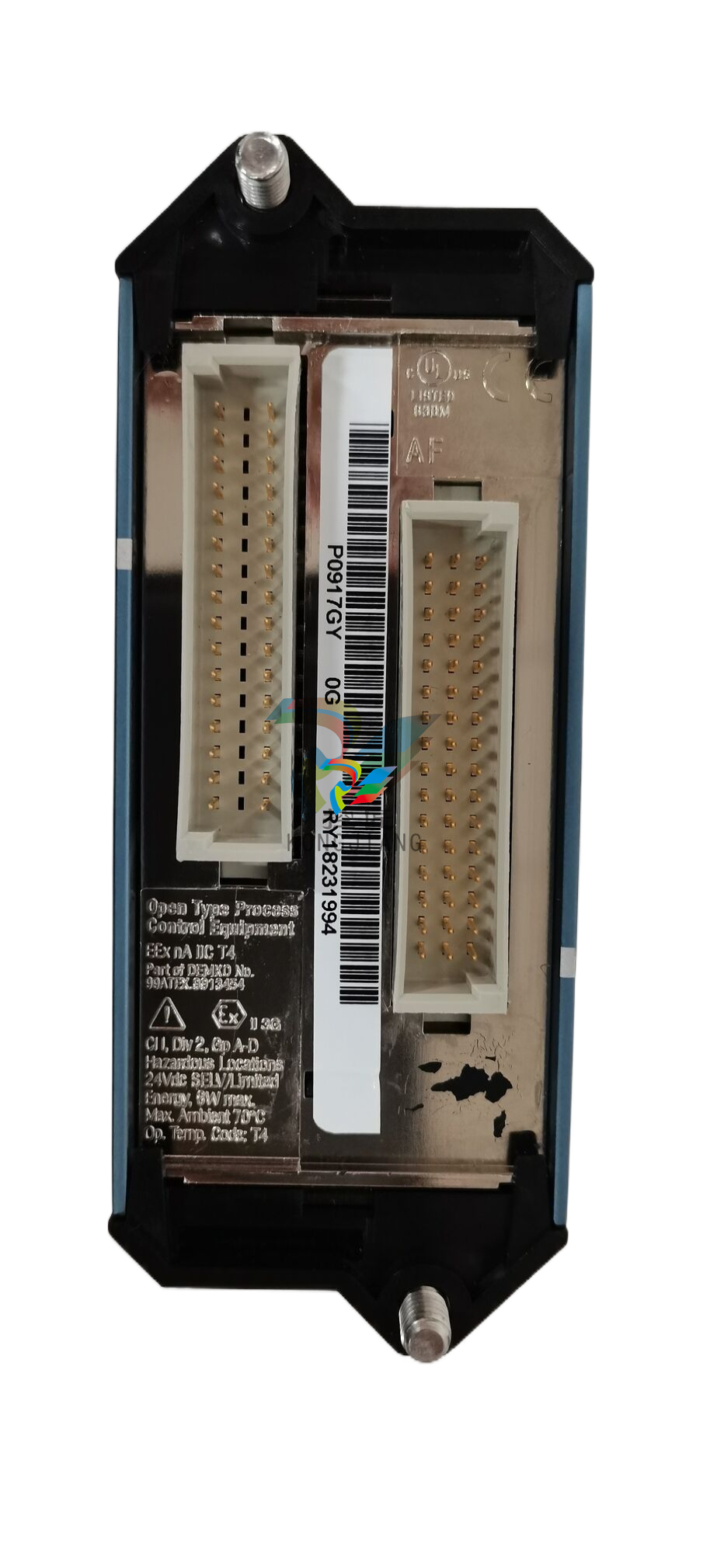
.jpg)
.jpg)
.jpg)


